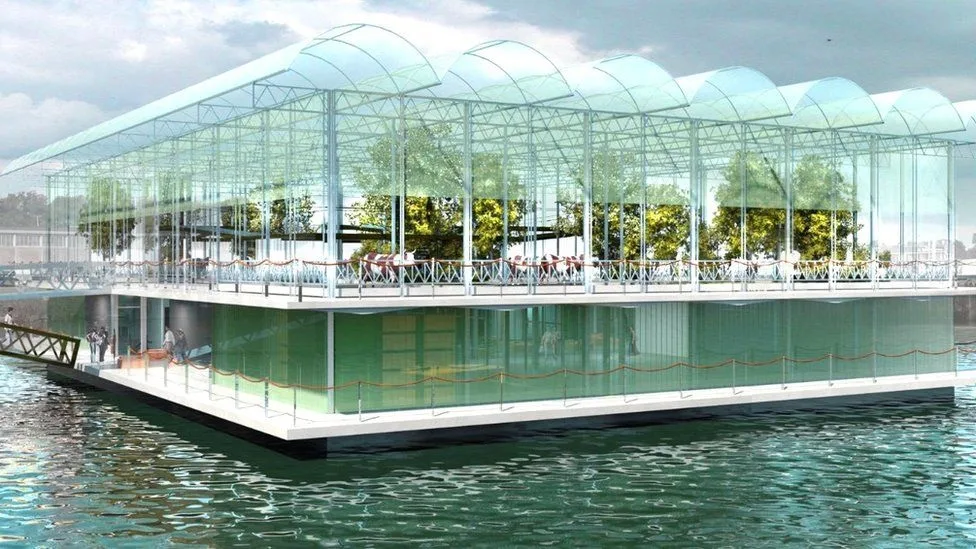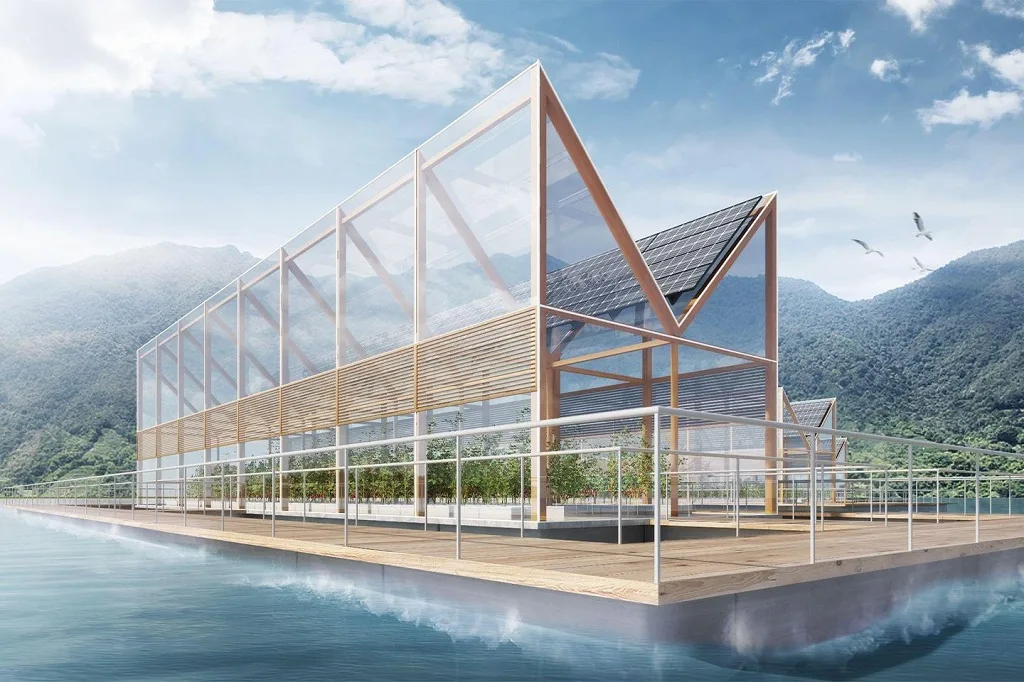
Floating Farms Technology: Revolutionising Agriculture
As the world grapples with the pressing challenges of food security and sustainable agriculture, technology offers novel solutions. Floating farms represent a pioneering approach to agriculture, combining aquaculture, hydroponics, and solar energy to create self-sufficient farms on water bodies. This technology review explores the concept, benefits, and potential of floating farms in today’s technologically driven world.
\What is Floating Farm Technology and How Does It Work?
Floating farms utilise a multi-layered structure, typically on lakes or seas, where solar panels power the entire system, hydroponic techniques grow crops without soil, and aquaculture farms fish below. This integrated system not only optimises space but also conserves resources, recirculating water and nutrients across different levels, demonstrating a sustainable model of food production.
How Floating Farms Can Help
Floating farms offer solutions to land shortages by turning water surfaces into productive agricultural land. They also reduce the carbon footprint of traditional farming by eliminating the need for soil preparation and long-distance transportation of food products. Additionally, these farms can serve as a response to the increasing severity of climate change, providing stable food sources in areas affected by floods or rising sea levels.
Moreover, these systems promote biodiversity conservation and water body rejuvenation by purifying the water through the natural filtration process of plant roots. They also help in reducing urban heat and providing greener landscapes in densely populated areas.
Where Floating Farms Are Already Used
Floating farms are in operation in various parts of the world including China, the Netherlands, and Singapore. These countries have pioneered models that are now serving as blueprints for others. In the Netherlands, floating dairy farms have shown that it’s possible to produce milk within urban environments sustainably.
In Singapore, floating solar farms take advantage of the limited land area by utilising reservoirs to generate solar power, demonstrating the versatility of floating farm technology.
Problems Solved by Floating Farm Technology
By integrating renewable energy sources and efficient food production methods, floating farms address several significant problems: land degradation, water scarcity, and the decline in arable land. They provide an innovative solution to feed urban populations, reduce transportation costs, and lower emissions associated with traditional farming methods.
The technology also offers resilience against climate-induced displacement by providing adaptable and mobile farming solutions that can withstand extreme weather conditions.

Broader Applications of Floating Farm Technology
Beyond agriculture, floating farm technology could revolutionise urban development and disaster response. For instance, in flood-prone areas, floating structures can be crucial in ensuring continuous food supply and emergency housing. The technology can also be adapted for educational purposes, teaching sustainable practices and environmental stewardship in schools.
Is Floating Farm Technology a Temporary Trend or a Promising Way to Defeat Hunger?
The sustainability and scalability of floating farms suggest that they are not just a temporary trend but a viable solution for global hunger. As the technology matures, its adoption can increase, providing a robust answer to food security challenges, especially in regions severely affected by environmental issues or lacking arable land.
The innovative nature of floating farms also encourages global cooperation in technology transfer and sustainable practices, aligning with global efforts to combat hunger and achieve food sovereignty.
